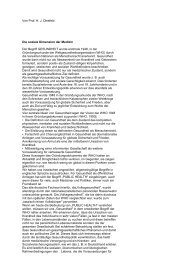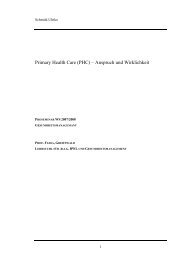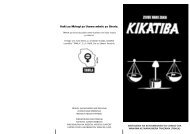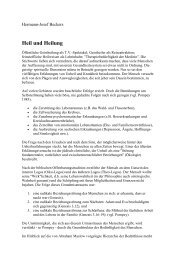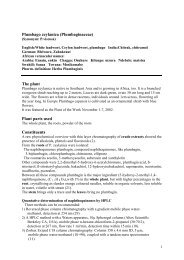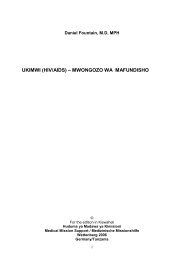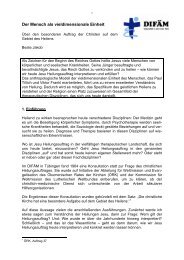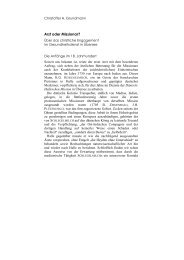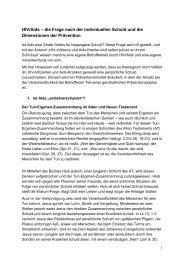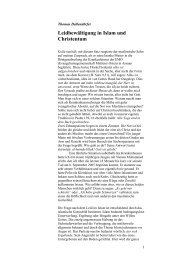(PHCII) - MMH/MMS
(PHCII) - MMH/MMS
(PHCII) - MMH/MMS
Create successful ePaper yourself
Turn your PDF publications into a flip-book with our unique Google optimized e-Paper software.
Table 6: Distribution of respondents by parity and place of delivery<br />
19<br />
(n = 400)<br />
Place of Delivery Parity No of respondents<br />
Home<br />
1 - 4 deliveries 111 (27.75%)<br />
5 & above 89 (22.25%)<br />
Health unit<br />
1 - 4 deliveries 139 (34.75%)<br />
5 & above 61 (15.35%)<br />
Total 400 (100%)<br />
Table 6 above shows that women with deliveries from 1 -4 majority of them had their<br />
confinement in health unit 139 (34.75%), while women with 5 deliveries and above<br />
Majority of them 89 (22.25%) had their confinement at home. This indicates that<br />
Multipurous women who are already at risk do subject themselves to further dangers<br />
during delivery because of delivering outside health units.<br />
Table 7: Distribution of respondents by level of knowledge on maternal risks<br />
during pregnancy and delivery (n = 400)<br />
Level of knowledge Number of Respondents<br />
Low knowledge 218 (54.5%)<br />
Average knowledgeable 158 (38%)<br />
High Knowledgeable 30 (7.5%)<br />
Total 400 (100%)<br />
Table 7 shows that 218 (54.5%) of women interviewed had low knowledge on maternal<br />
risks during pregnancy, labour and delivery. This implies that these women could<br />
develop maternal risks in which they could not seek medical help as early as possible.<br />
Because they are not aware of the consequences of the symptoms they are experiencing.




